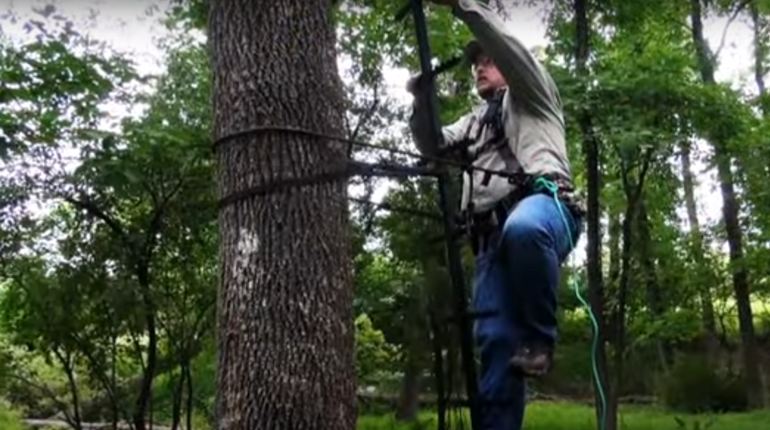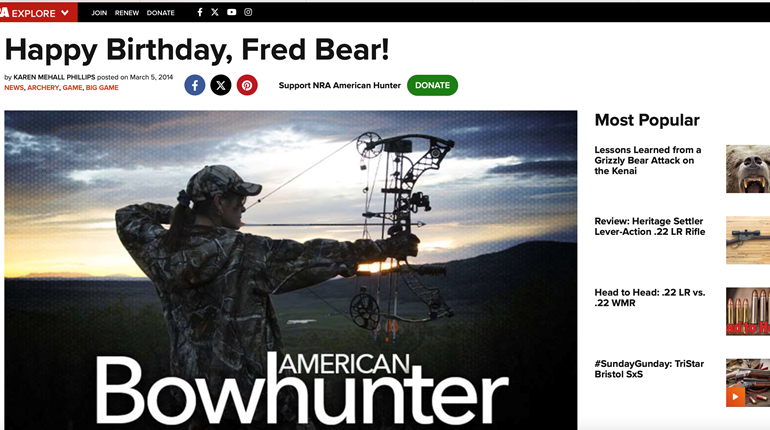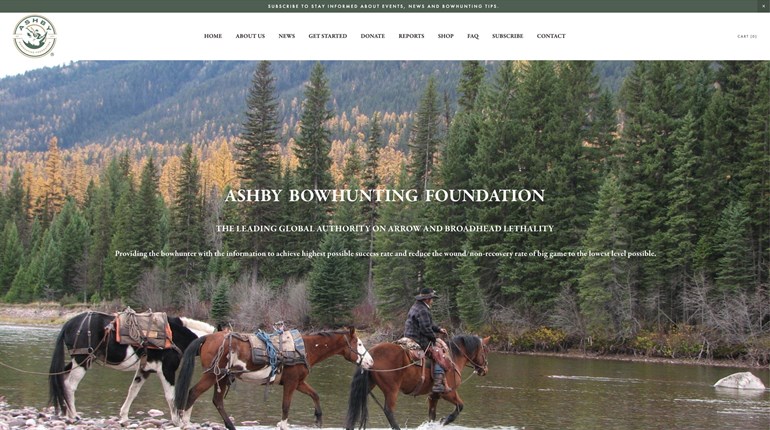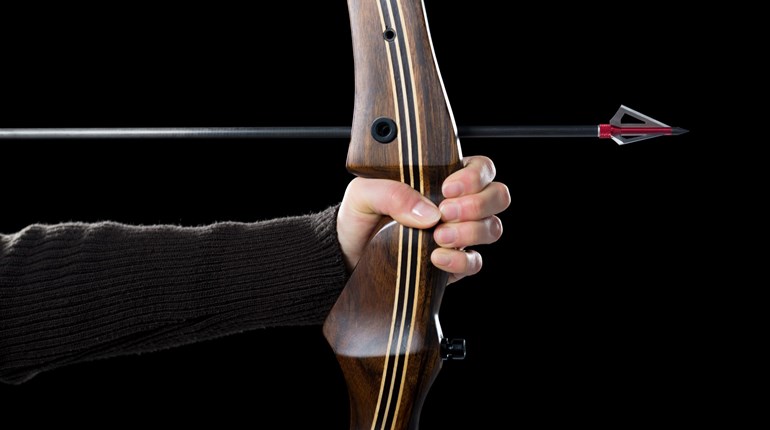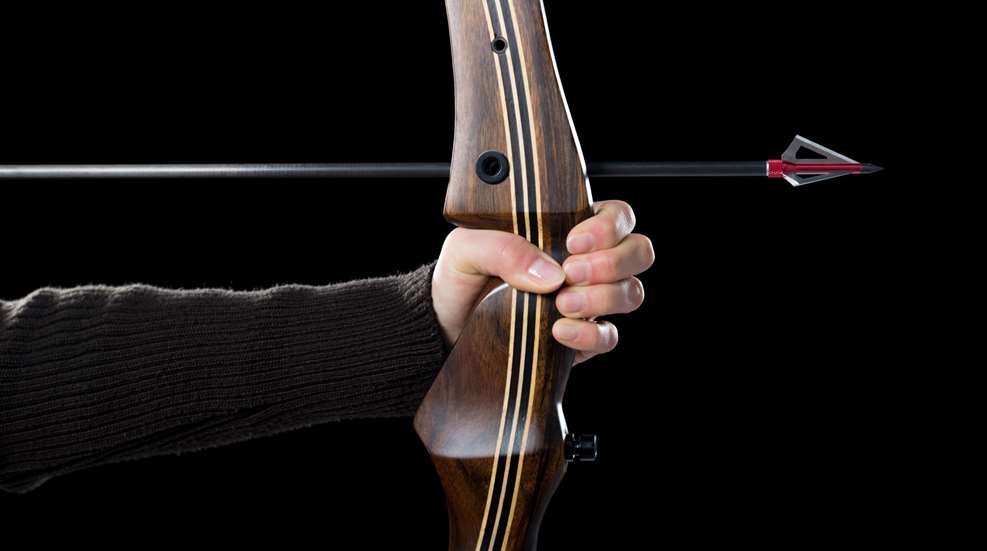
Archery hunting seasons are opening (or will open) all over the country. Hunting with bow and arrow now offers you more opportunities on animals that haven’t been spooked by other hunters in almost a year. That said, there are seven bowhunting commandments that you should honor and obey as if they were carved in stone both before and during the season.
Bow Season Commandment 1: Check Your Equipment
Equipment checks are “stitch in time saves nine” situations. Start by ensuring that the laminations on your bow are not flaking or separating, and check the condition of the strings. For compound bows, take a look at the pulleys and cables, and verify that your arrow’s spline (that’s a measurement of the stiffness of the arrow’s shaft) matches your bow’s draw weight. If your bow’s draw weight produces more force than your arrow can handle, you can expect a miss or a broken arrow if you shoot.
Bow Season Commandment 2: Sharpen Your Broadheads
This may seem like a no-brainer, but razor-sharp arrowheads are important for a clean, ethical harvest. Therefore, you should sharpen your broadheads … but be careful. It’s easier to cut yourself accidentally while doing this than it is while sharpening a knife.
Once you have the broadhead sharp enough for its intended purpose, carry it the way you’d carry a razor blade. Don’t to carry one in your hand or nock one in your bow before you’re ready to shoot. Hunters should not remove arrows from their quiver until it’s time to shoot.
Bow Season Commandment 3: Know Your Boundaries
Advance scouting is important for so many reasons, and it’s not just about finding where game animals like to feed and move. It’s also about ensuring that you’re following your local hunting laws. Start by determining where you’d like to hunt, then make sure you know where that area starts and stops. If you’re hunting near private property or along the hunting unit boundary, do not cross into those areas without securing the landowner’s permission or help from a conservation officer.
Although stray arrows cannot travel as far as fired bullets, they can go further than you might expect—some carbon arrows can strike with enough force to cause injury at 100 yards! That’s why many local municipalities have restrictions on the use of archery equipment within city limits. Please know and understand those restrictions.
Bow Season Commandment 4: Setting Your Treestand
Before you get started, be sure to check your treestand’s weight rating. Make sure it will support both your weight and the weight of your equipment. Then, you’ll want to ensure that the tree is alive—dead trees have wildly varying degrees of strength—and large enough to support your weight, the weight of your equipment and the weight of your stand.
Bow Season Commandment 5: Wear Your Harness (No Excuses)
The number one cause of hunting-related accidents is falls from treestands, full stop. (If you’d like to read more about the mechanics of why that’s true, there’s more information here.) Ensure your harness fits you and that it’s in good condition, and—this is critical—put it on both you and the tree before you start climbing.
Bow Season Commandment 6: Use a Haul Line, Not Your Hands
It’s tempting to try to carry your equipment with you as you climb the tree. Don’t do it. Instead, attach a haul line to your equipment, leaving plenty of slack in the line. Then, attach your safety harness to the tree and start climbing, holding the haul line in one hand or tied to your belt. After you’re on your stand, use your haul line to lift your equipment to you.
Bow Season Commandment 7: Wait for It. Wait … for … it …
“Buck fever” is just as real to archers as it is to gun hunters. It’s important to be realistic about what your equipment’s maximum range is as well as what your maximum range is. Spend as much time as possible ahead of the season practicing with your bow and the arrows you intend to use while hunting, and keep an eye on which distances start to give you trouble. Never take a shot at an animal that is beyond the maximum range you’re comfortable shooting. Also, before you release your arrow, make sure of your target and what’s beyond it.












